We’re in an age where clear, focused images rule the visual landscape. And yet, there’s another realization that not every great shot needs to be razor-sharp. Many creators are leaning toward softer images to dial down the digital harshness. They use diffusion filters to subtly smooth highlights and lend the frame a dreamy, film-like quality.
This article explains diffusion filters, how they affect image quality, and the different types of products they offer.
Table of Contents
What is a diffusion filter?
When to use a diffusion filter
Types of diffusion filters
Black mist filters
White mist filters
Differences between black and white mist filters
Tips for using diffusion filters
Soften the scene with natural light
Choose the right softness level
Go easy on diffusion
Get a tripod
Final thoughts
What is a diffusion filter?
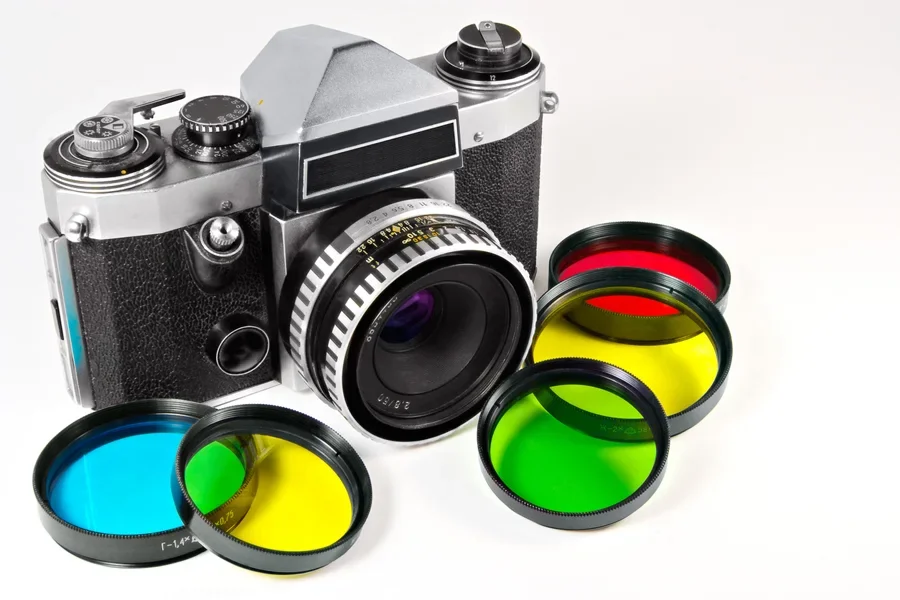
Diffusion filters give images a hazy, romantic, and dreamy touch. What stands out is that they do so without compromising contrast or sharpness. Know that this isn’t the same as blurry or out-of-focus images. Rather, a diffusion filter adds a soft haze around bright objects in a scene, uplifting shadows at the edges.
It’s a special product with a slightly textured surface. When light passes through it, the texture bends some of the light rays, softening the image in the frame. This creates a gentle effect without making the picture blurry. It also changes how the background softly blurs, giving you smooth, dreamy results.
According to Google Keyword Planner, “diffusion filters” had 4,400 average monthly searches in the past year. This reflects a high level of competition and an almost equally high demand.
When to use a diffusion filter

Low-contrast filters, like diffusion ones, come in different strengths. When used right, they can add a nostalgic, almost dream-like feel to your shot. This softer look works especially well in portrait photography. It helps reduce the overly crisp detail from modern lenses.
Instead of using diffusion for every scene, try saving it for moments where you want the image to feel distant, emotional, or like a memory—just like scenes from classic films. Not every movie needs a diffusion filter, but it’s a handy product for that soft look often seen in old film cameras.
Today’s sharp lenses can show every detail, even pores on the skin, so using a diffusion filter helps smooth out skin and gives a subtle anti-wrinkle effect. Please be cautious about how much you apply the diffusion filter, as using it excessively can create an unnatural look for your subject. These filters can also brighten the shadows a bit, which automatically brings a romantic vibe to the shots.
Types of diffusion filters
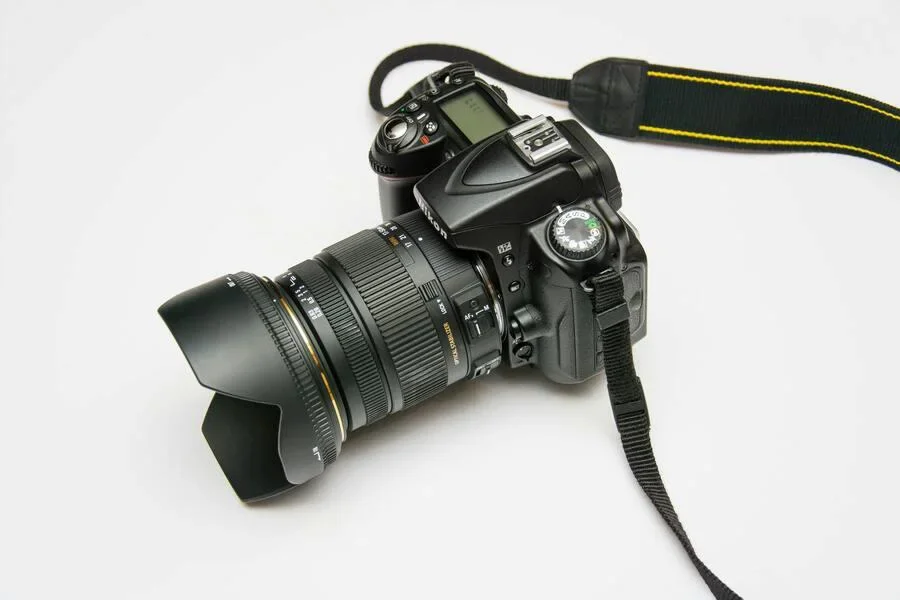
Black mist filters
Black mist filters are a famous product that creates a soft, cinematic look without losing important detail. They work especially well in low light, adding mood and depth to a moment without making the image too heavy.
Using them does the following:
- Gently softens skin tones
- Adds a glow around light sources while keeping shadows dark
Made with tiny black particles, they change the way light spreads through the frame, giving natural, film-like results with minimal effort.
White mist filters
White mist filters, sometimes called “Allure” filters, are loved for their ability to add a beautiful hazy glow to your images. They give your photos a soft, dreamy feel that looks like it came straight out of a vintage film, all done in-camera.
These filters scatter light gently across the scene, creating a softening effect that flatters your subjects. The result is a smooth, ethereal effect that still holds up well, even on high-resolution cameras.
They come in different thread sizes and strengths, so you can choose a lighter or heavier effect depending on the look you’re going for. Photographers love them because they:
- Smooth out skin and soften bright light
- Works beautifully in both sunny and low-light settings
- Add a natural, film-like vibe without editing
Differences between black and white mist filters
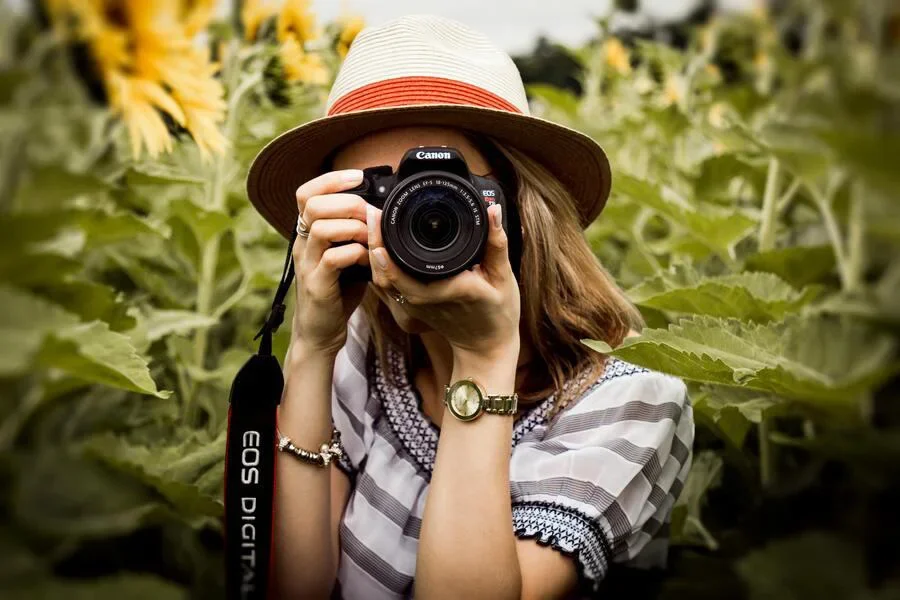
The main difference between black and white mist filters lies in the color of their speckles, which affects the mood they create. White mist filters produce a soft, dreamy glow. They usually work for portrait and landscape photography. On the other hand, black mist filters create a darker, moodier atmosphere, often used in low-light or dramatic scenes.
When choosing between them, consider your shooting conditions and the look you want:
- Use white mist filters for bright, soft, and romantic images
- Use black mist filters for dark, mysterious, and atmospheric shots
The right filter choice depends on the effect you want to achieve in your photos and videos.
Tips for using diffusion filters
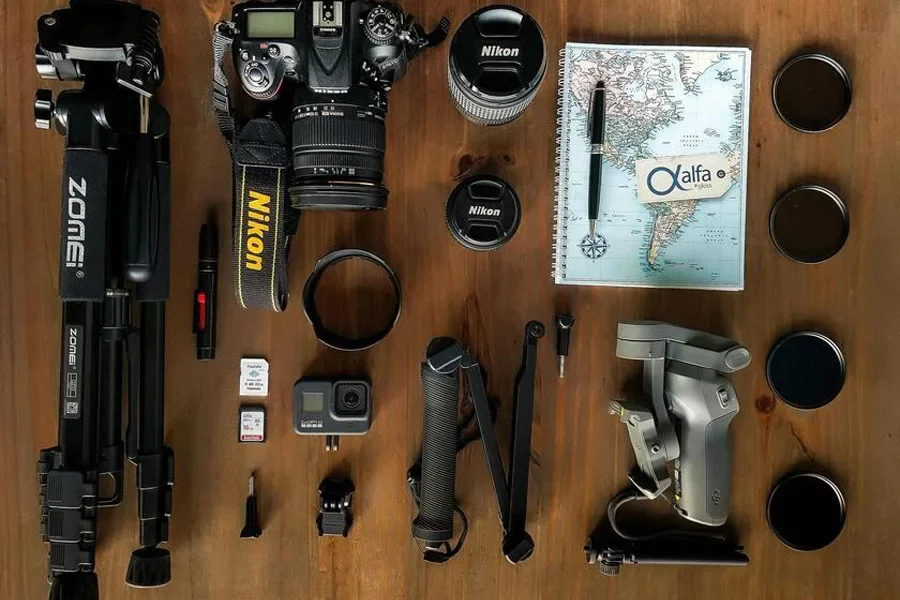
Using the right diffusion filter can add softness and depth to your images. It’s particularly helpful in portrait photography, balancing the sharpness of modern lenses while keeping color accuracy.
A few clever tips can make your pictures look naturally polished and cinematic.
Soften the scene with natural light
Make the most of natural light to get soft, cinematic visuals with your diffusion filter. It helps reduce harsh digital sharpness while keeping a nice level of clarity. Natural light brings out fine details without making wrinkles stand out too much, giving your photos a warm, natural look that feels far from standard.
Choose the right softness level
Selecting the right level of softness can make all the difference in getting that dreamy quality in your photos. Try different strengths: some give a subtle touch, and others create a heavier effect that feels straight out of film cameras. Your lens, or “key glass,” and focal length also play a big role in how the softness shows up.
Play around until you find what feels just right. Remember, the magic lies in the blends!
Go easy on diffusion
Use diffusion filters to add atmospheric softness and smooth out harsh sharpness, but don’t overdo it. Using a heavy filter can blur out important details and take away from your photo’s impact. For clean, cinematic visuals, apply just enough to soften the scene without losing what makes it stand out.
Get a tripod
Using a tripod helps keep your frame steady when shooting with low-contrast filters, like diffusion filters. These filters are designed to soften the image, not to introduce blur from camera shake. Since you’ve already invested in a great product, it’s worth adding a tripod. No matter the price, a stable setup ensures the filter’s true effect comes through clearly.
It’s quite clear how a diffusion filter can upgrade photography results. It’s all about finding the right way to soften light, lower contrast, and smooth out flaws. A 1/2 strength variant is a great pick if you want a balanced look without going too far. For instance, you can choose a LEE filter or any other trusted product to get visuals that’ll hook everyone who looks!
Final thoughts
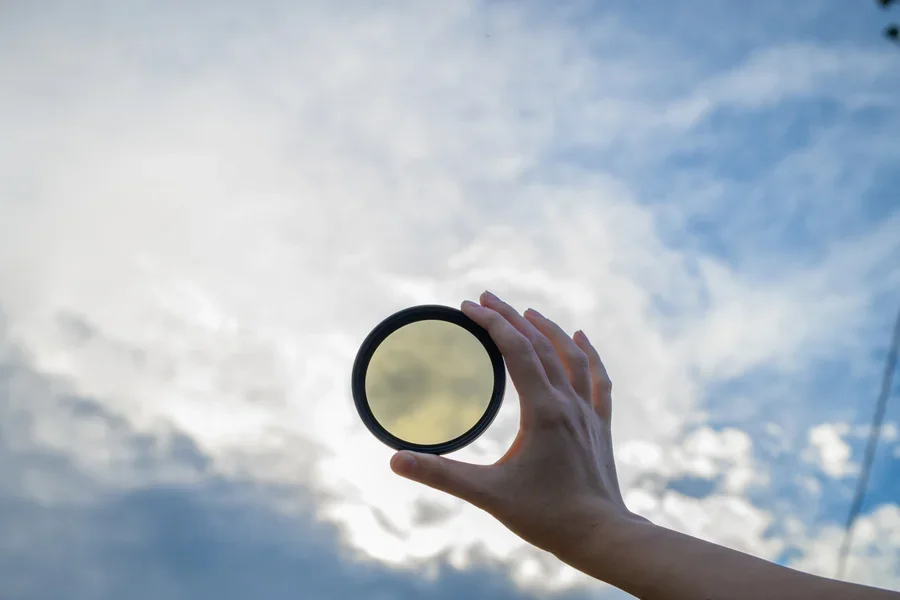
Diffusion filters have this unique way of adding a refined touch to the visuals. Even though you’ll get a splendid outcome when you use them, you should be careful not to go overboard. It’s the same with things like depth of field, gimbal shots, or timelapse videos. You should always ask yourself why you’re using them and how they help tell your story.



